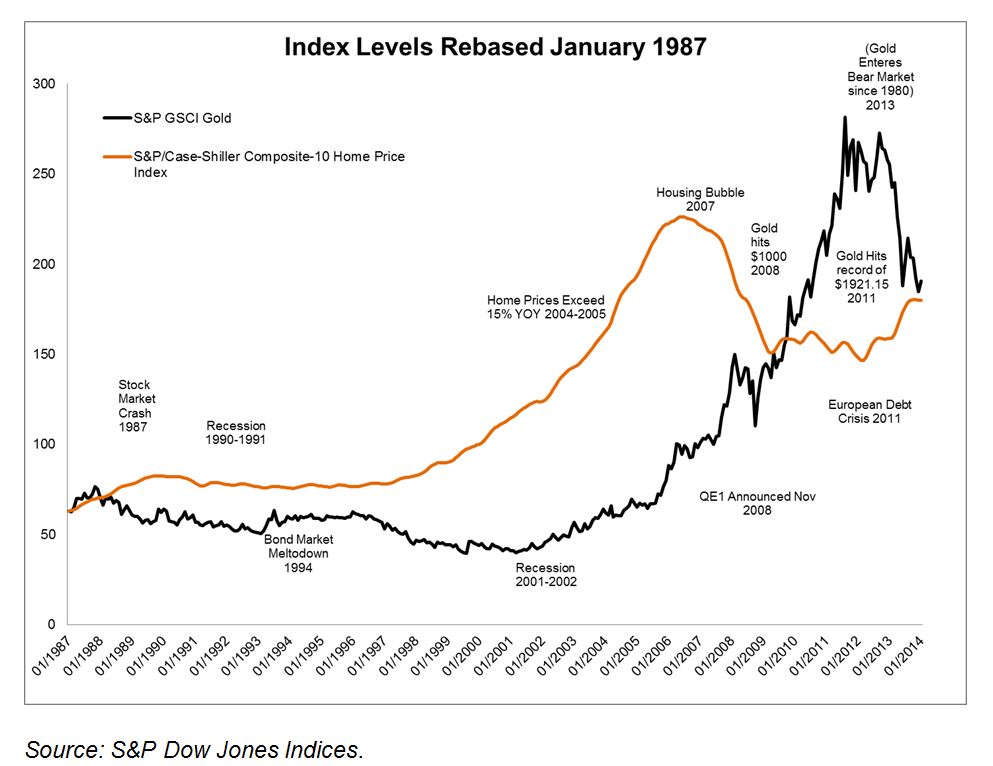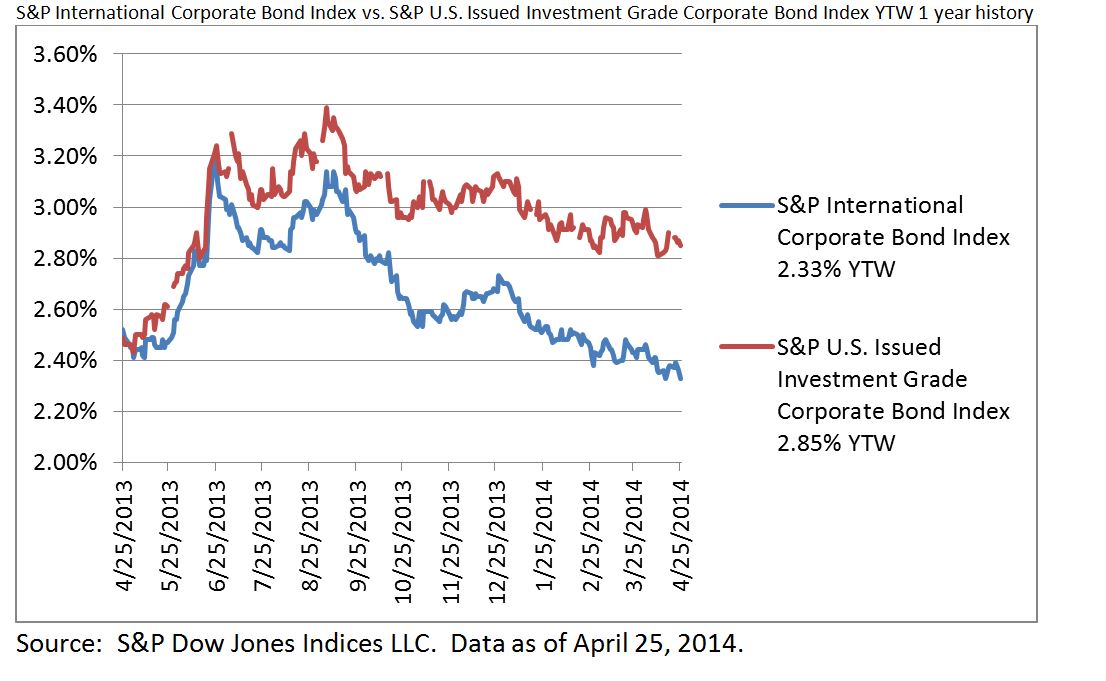Finally, in April, commodities got hot enough to turn around even the base metals (also known as the industrial metals,) up 1.8% for the month. Although this comeback is not driven by the main supply shocks we are experiencing in energy and agriculture, it is fundamental in nature. China’s State Reserves Bureau (SRB) is now buying copper in a big way for the first time since 2009. Also, Indonesia‘s ban on exports of nickel ore has driven it to be the best YTD performer in the S&P GSCI, up 31.6%, only behind coffee, which has gained 81.0%.
While nickel has been up all year, its performance was exceptional in April with a gain of 15.2%, the biggest in the S&P GSCI for the month. All of the other commodities in the base metals sector were also positive with the exception of copper, which has at least stopped bleeding with 0.0% return in April. It seems the copper buying has overtaken the fears of slowing Chinese demand growth and credit weakness, and again, is not very highly related to Chinese GDP growth.
What is most interesting about the current performance and term structure of base metals is that the performance turned positive this month and term structure is becoming less in contango. The roll yield, a measure of term structure, is now costing only 90 basis points for the year thus far. This is the lowest since 2007 when the last streak of backwardation ended in the sector. In fact, going back as far as 1978, there were only two periods when the base metals were in backwardation, 1987-90 and 2004-07.

In these periods the average annual premium was 17.9% with an average return annually of 49.7%. The majority of times for the S&P GSCI Industrial Metals are in contango with an average cost of 5.2%. However, when there is backwardation, it is potent as you can see especially in the 80’s when the sector was up 560.5%, more than three times the still attractive 164.0% just before the crisis. In these times, the S&P GSCI Total Return was up 182.6% and 65.9%, respectively.
Now may be the turning point for the base metals given the flattening term structure driven by supply shocks and demand pickup. If this is the case, it may just be another fuel in the fire for commodities this year.
Source: S&P Dow Jones Indices and Bloomberg. Data from Jan 1978 to April 2014. Past performance is not an indication of future results. This chart reflects hypothetical historical performance. Please note that any information prior to the launch of the index is considered hypothetical historical performance (backtesting). Backtested performance is not actual performance and there are a number of inherent limitations associated with backtested performance, including the fact that backtested calculations are generally prepared with the benefit of hindsight.
The posts on this blog are opinions, not advice. Please read our Disclaimers.












